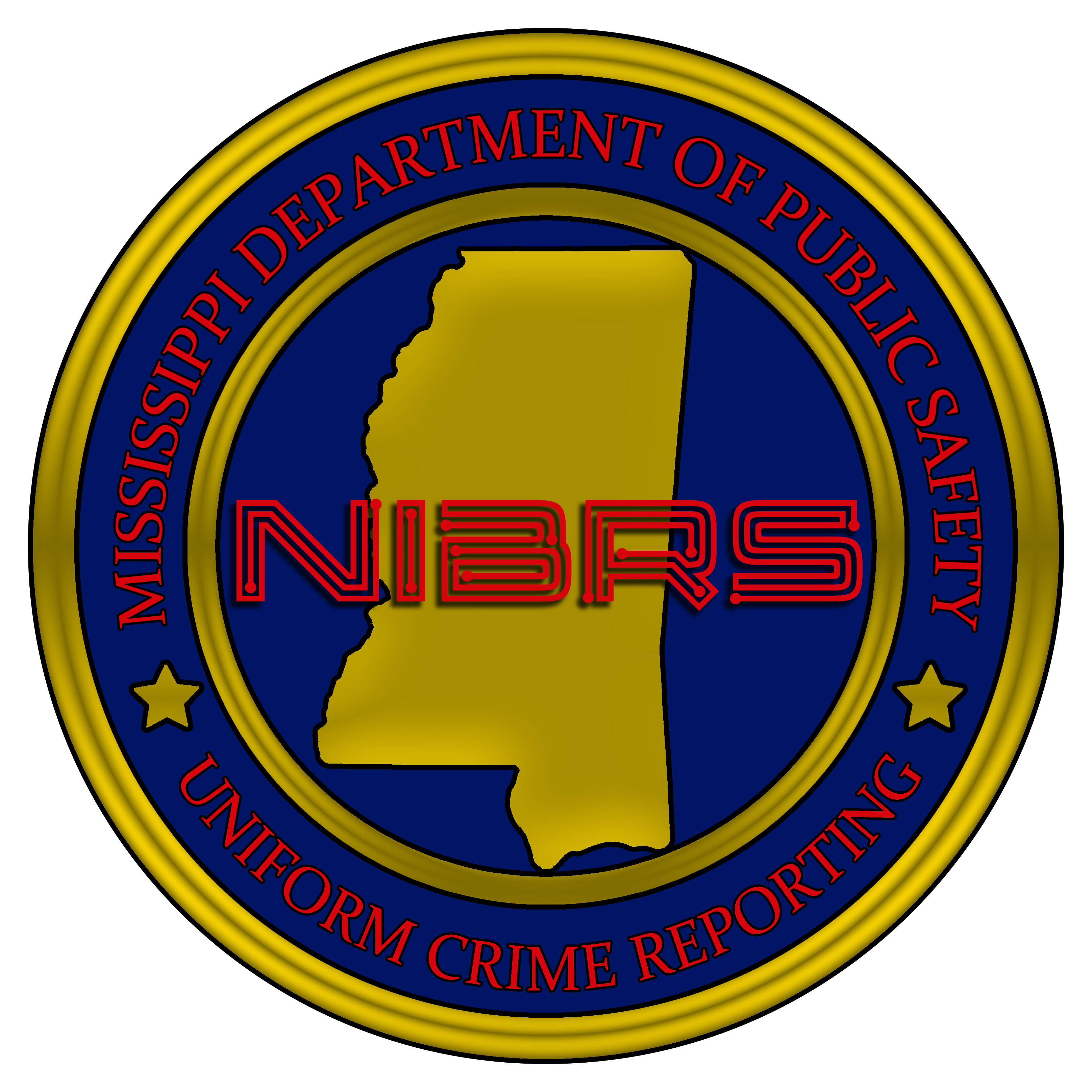The program was conceived in 1929 by the International Association of Chiefs of Police to meet the need for reliable uniform crime statistics for the nation. In 1930, the FBI was tasked with collecting, publishing, and archiving those statistics. The UCR Program's primary objective is to generate reliable information for use in law enforcement administration, operation, and management.
The UCR Program consists of four data collections: The National Incident-Based Reporting System (NIBRS), the Summary Reporting System (SRS), the Law Enforcement Officers Killed and Assaulted (LEOKA) Program, and the Hate Crime Statistics Program. The UCR Program publishes annual reports for each of these data collections and a preliminary semiannual report of summary data each winter, as well as special compilations such as Cargo Theft Report, Human Trafficking, and NIBRS topical studies.
In addition to the four major data collections, the UCR Program will manage the new National Use-of-Force Data Collection. And the FBI's interactive Crime Data Explorer tool serves as the digital front door for UCR data, enabling law enforcement and the general public to more easily use and understand the massive amounts of UCR data currently collected.
The National Incident-Based Reporting System is set to become the UCR data standard by January 1, 2021. The NIBRS-only data collection will provide more detailed, richer data on more offenses than is currently available through summary data.
The first step to becoming the 50th Uniform Crime Reporting (UCR) State Program is for the Mississippi's State-Level Repository to receive NIBRS certification.. The Mississippi NIBRS is housed at the Mississippi Department of Public Safety's Criminal Information Center. The Criminal Information Center (CIC) is responsible for the communication of vial information relating to crimes, criminals, and criminal activity. Mississippi NIBRS is located at CIC..
